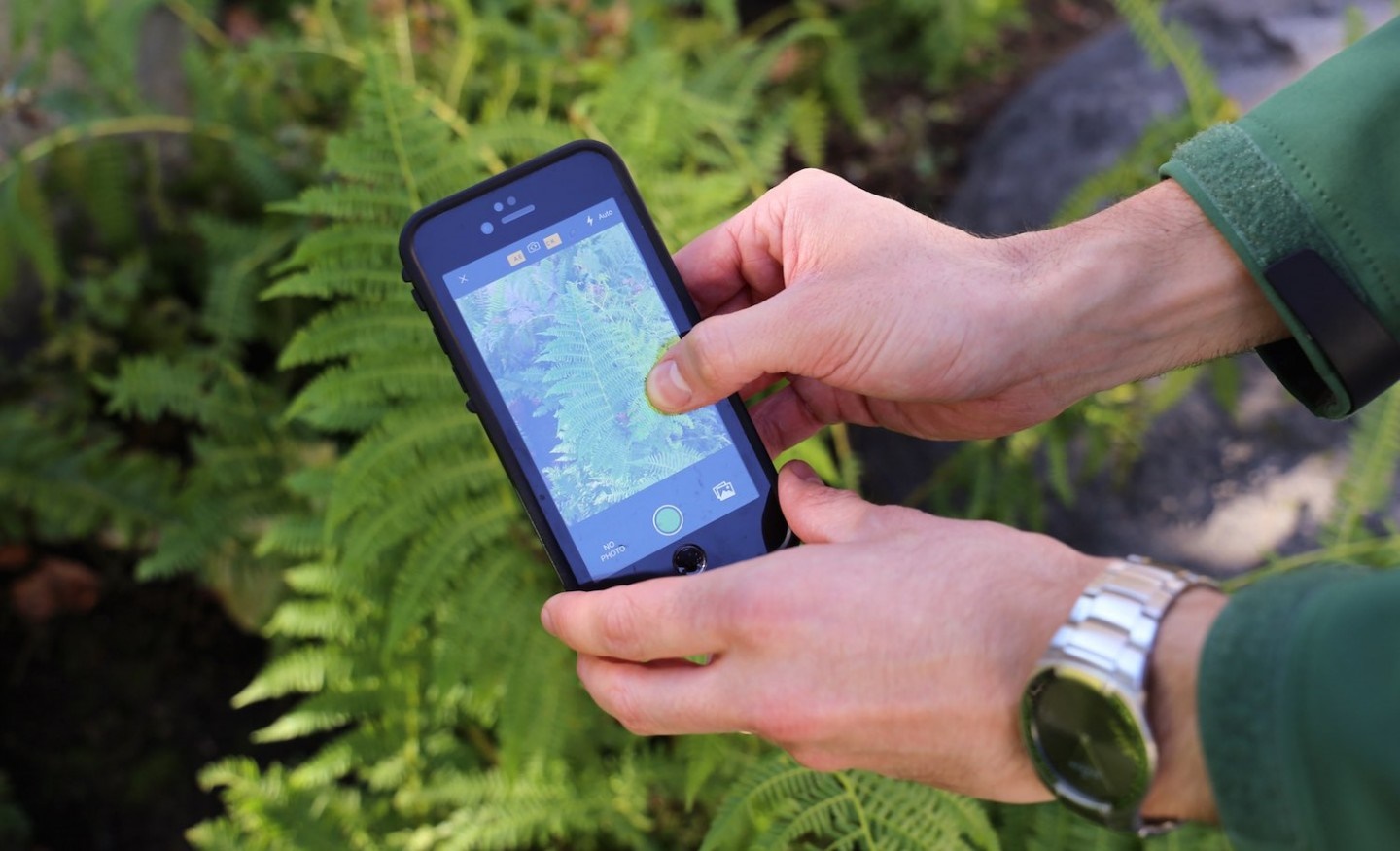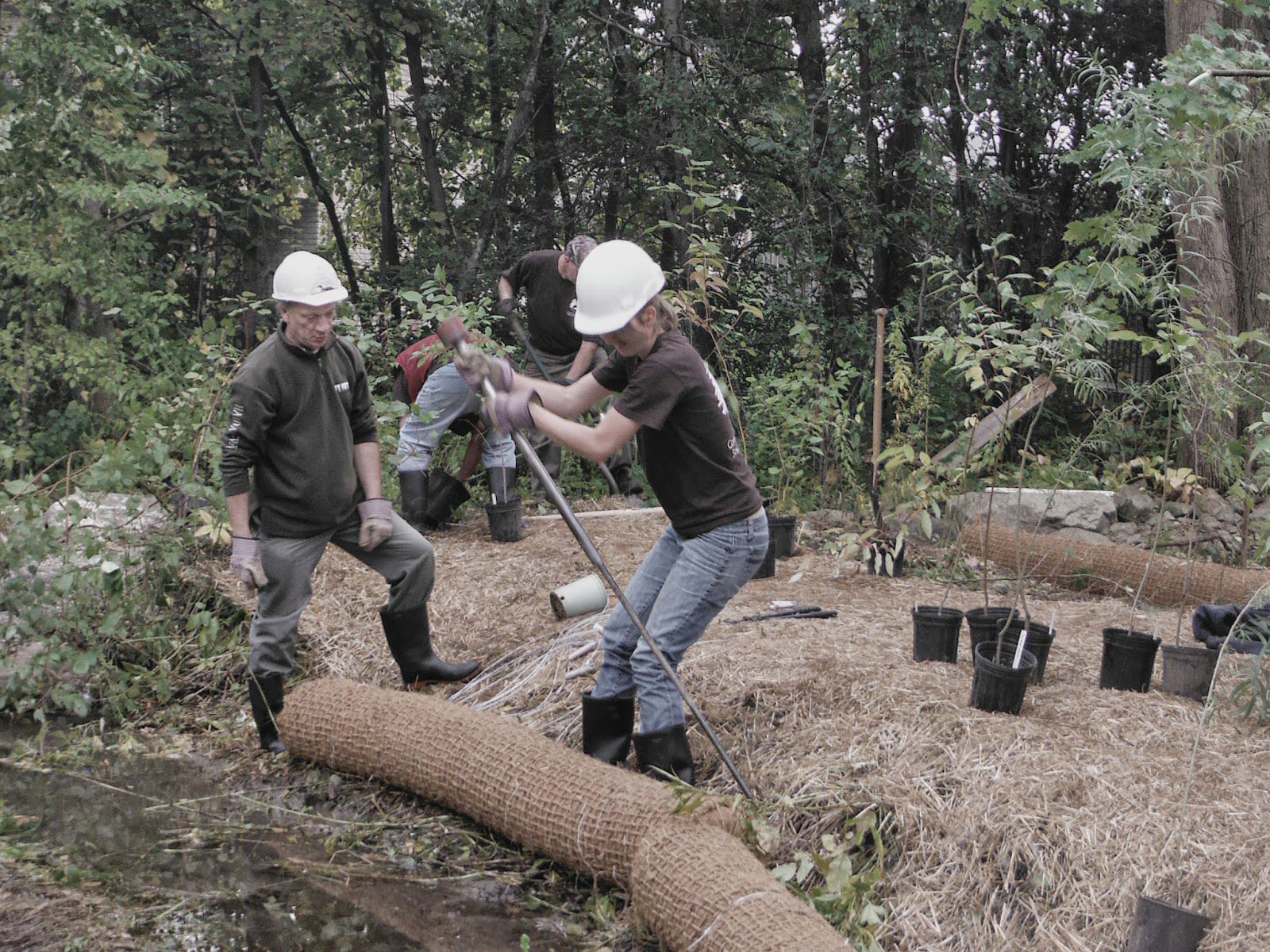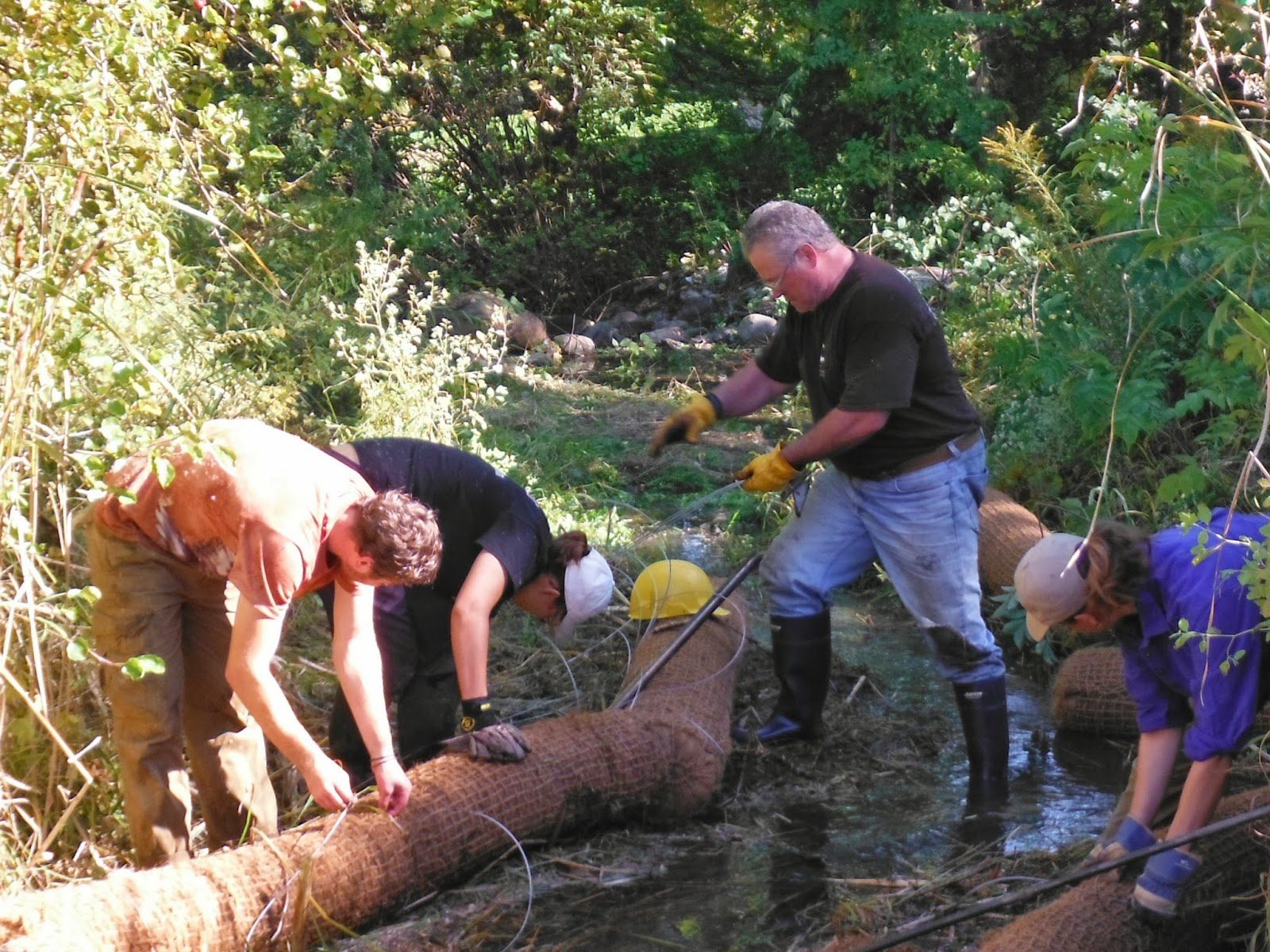September 10th proved to be a sunny, warm delightful morning as 13 people arrived at Harper Park for the Peterborough Field Naturalists’ inaugural iNaturalist walk.
With smartphones in hand, we gathered for a quick overview. iNaturalist has become a popular method to engage citizens who want to learn about the nature around them, and to document observations of species for further scientific research. An inventory of the species in Harper Park will provide a baseline of biodiversity, and help to monitor and assess changes due to the impacts of development. All good stuff!
Although iNaturalist is user friendly the website iNaturalist.org and the Getting Started video are worth exploring. But first, everyone needed to make an iNaturalist account from the website, iNaturalist.org.
In order to maintain a species list for Harper Park in one spot, The Harper Park Stewardship Initiative Project was setup in iNaturalist. Therefore, the next “to do” was JOIN this project and make certain each observation …


